Home>Furniture & Design>Outdoor Furniture>How Cold Is Too Cold For Outdoor Wedding
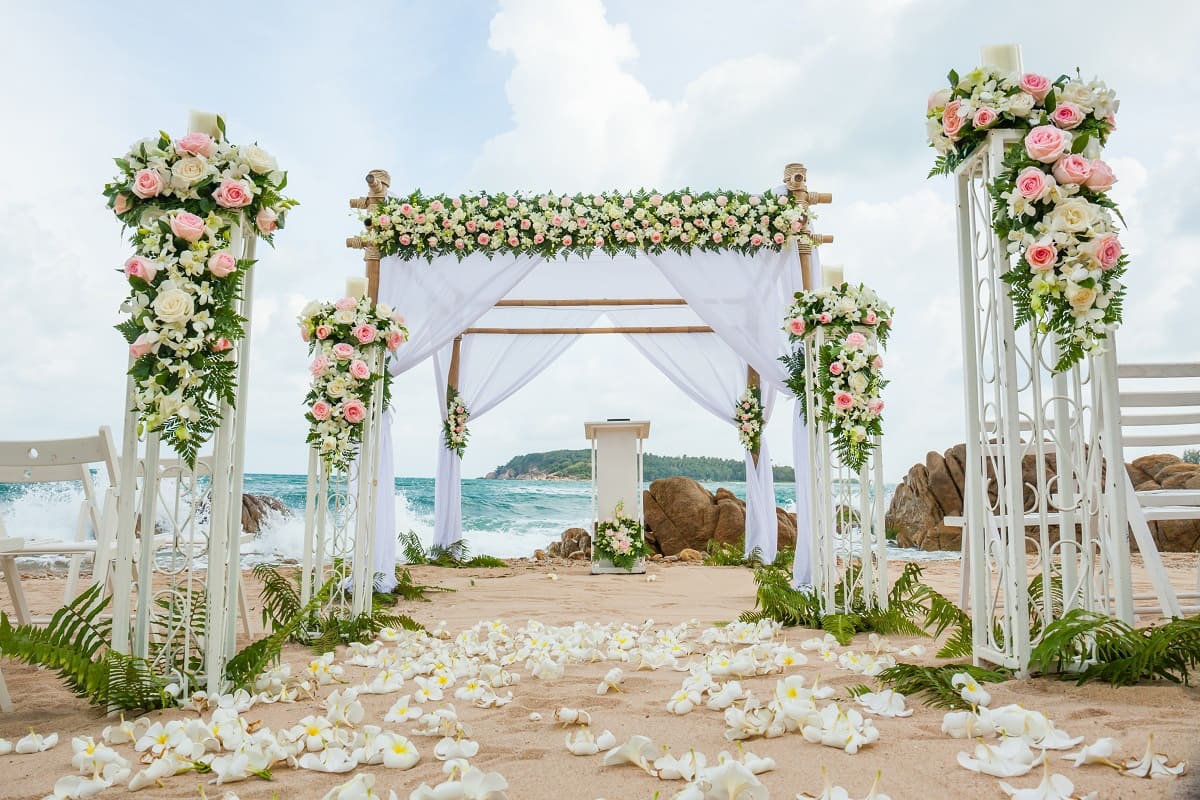

Outdoor Furniture
How Cold Is Too Cold For Outdoor Wedding
Published: January 14, 2024
"Discover the ideal temperature for an outdoor wedding and learn how to keep your guests comfortable. Get expert tips on outdoor furniture, design, and more."
(Many of the links in this article redirect to a specific reviewed product. Your purchase of these products through affiliate links helps to generate commission for Storables.com, at no extra cost. Learn more)
Introduction
Planning an outdoor wedding can be an enchanting and romantic endeavor, allowing couples to exchange vows amidst the beauty of nature. However, the success of an outdoor wedding is heavily dependent on various factors, with weather playing a pivotal role. While warm, sunny days are often the ideal backdrop for such celebrations, the possibility of encountering cooler temperatures cannot be overlooked. In this article, we will explore the impact of cold weather on outdoor weddings, the ideal temperature range for such events, and valuable tips for managing and mitigating the effects of chilly conditions. Let's delve into the world of outdoor weddings and uncover the nuances of weather considerations in creating a truly memorable and magical day.
Key Takeaways:
- Ideal Temperature for Outdoor Weddings
For a perfect outdoor wedding, aim for temperatures between 65-75°F (18-24°C) to keep guests comfortable and create a magical atmosphere without the extremes of heat or cold. - Tips for Managing Cold Weather at Outdoor Weddings
To combat chilly temperatures, provide heating, offer cozy amenities like blankets and hot drinks, use weather-resistant decor, and communicate with guests to ensure a warm and enchanting celebration.
Read more: How Cold Is Too Cold To Plant Grass Seed
Factors to Consider for Outdoor Weddings
When planning an outdoor wedding, several crucial factors must be carefully considered to ensure a seamless and memorable event. The location of the wedding venue, the time of year, and the anticipated weather conditions are among the primary considerations. The choice of location plays a significant role in determining the potential weather challenges, as coastal areas may experience different weather patterns compared to inland regions. Additionally, the time of year can greatly influence the weather, with spring and fall often presenting milder temperatures than the sweltering heat of summer or the biting cold of winter.
Furthermore, it’s essential to assess the potential impact of weather on various aspects of the wedding, including guest comfort, the functionality of outdoor amenities, and the overall ambiance of the event. Adequate provisions for shelter, heating, or cooling must be made to accommodate unexpected weather fluctuations. Additionally, the selection of appropriate seating, flooring, and decor that can withstand varying weather conditions is crucial for ensuring a smooth and enjoyable experience for all attendees.
Moreover, the availability of backup plans in the event of inclement weather is a critical consideration. Whether it involves securing an alternative indoor venue or implementing protective measures such as tents or canopies, having contingency plans in place can alleviate the stress associated with unpredictable weather patterns. By meticulously evaluating these factors and devising comprehensive strategies, couples can optimize their outdoor wedding experience and create lasting memories in a picturesque natural setting.
Effects of Cold Weather on Outdoor Weddings
Cold weather can significantly impact the dynamics of an outdoor wedding, influencing various elements ranging from guest comfort to the practicality of certain decor and amenities. One of the most noticeable effects is the potential discomfort experienced by attendees, particularly if the temperatures drop to unseasonably chilly levels. Guests may feel less inclined to socialize and engage in the festivities if they are battling the cold, potentially detracting from the celebratory atmosphere.
Furthermore, cold weather can pose challenges for certain aspects of the wedding setup. Decorative elements such as delicate floral arrangements or lightweight decor items may be susceptible to damage or deterioration in colder temperatures. Additionally, outdoor furniture, including seating and tables, may become uninviting if they are not adequately prepared for chilly conditions. The overall ambiance of the wedding can also be impacted, as cold weather may hinder the enjoyment of outdoor activities and entertainment, leading to a less vibrant and lively atmosphere.
From a practical standpoint, the functionality of outdoor amenities such as sound systems, lighting, and food service may be compromised in cold weather. Equipment and electronic devices may be less efficient in lower temperatures, potentially affecting the quality of audiovisual elements and the overall guest experience. Moreover, food and beverage stations may require additional measures to maintain optimal serving temperatures, ensuring that guests can enjoy their meals and refreshments without being affected by the cold.
Despite these potential challenges, it’s important to note that with careful planning and proactive measures, the effects of cold weather can be mitigated, allowing couples to still realize their dream of a magical outdoor wedding. By understanding the implications of chilly temperatures and implementing strategic solutions, such as providing adequate heating, utilizing weather-resistant decor, and offering comfort-enhancing amenities, couples can create a warm and inviting atmosphere that transcends the potential drawbacks of cold weather.
Ideal Temperature for Outdoor Weddings
When it comes to outdoor weddings, the ideal temperature range can significantly contribute to the overall comfort and enjoyment of the event. While personal preferences may vary, a temperature range of 65 to 75 degrees Fahrenheit (18 to 24 degrees Celsius) is often considered optimal for outdoor weddings. This range strikes a balance between warmth and coolness, providing a pleasant and inviting atmosphere for both the wedding party and guests.
In this temperature range, guests are likely to feel comfortable and at ease, allowing them to fully immerse themselves in the celebration without being hindered by extreme heat or cold. The mild, temperate conditions create an inviting environment for socializing, dining, and partaking in various wedding activities, fostering a sense of relaxation and enjoyment among attendees.
Moreover, moderate temperatures can enhance the visual and sensory appeal of outdoor weddings. Comfortable weather conditions allow for the use of a wide range of decor elements, from delicate floral arrangements to elegant table settings, without the risk of wilting flowers or discomforted guests. Additionally, the mild temperature range provides an ideal backdrop for outdoor ceremonies and receptions, allowing couples to showcase the natural beauty of their chosen venue without the constraints of oppressive heat or frigid cold.
From a practical standpoint, an ideal temperature range simplifies logistical considerations for outdoor weddings. It reduces the need for extensive climate control measures, such as large-scale heating or cooling systems, which can be both costly and visually intrusive. Furthermore, moderate temperatures contribute to the overall success of outdoor events by minimizing the potential disruptions caused by weather-related discomfort or logistical challenges.
Ultimately, the ideal temperature for an outdoor wedding is one that fosters a harmonious and inviting atmosphere, allowing couples and their guests to fully embrace the joy and magic of the occasion. While weather conditions may not always align perfectly with these ideals, proactive planning and adaptable strategies can help couples create a memorable and enchanting outdoor wedding experience, regardless of the temperature fluctuations.
Consider the wind chill factor as well as the actual temperature. If it’s below 50°F (10°C), it may be too cold for an outdoor wedding. Provide blankets, heaters, and hot drinks for guests.
Risks of Extreme Cold on Outdoor Weddings
Extreme cold can pose significant challenges and risks for outdoor weddings, impacting various facets of the event and potentially compromising the comfort and enjoyment of the couple and their guests. When temperatures plummet to exceptionally low levels, several key areas are susceptible to adverse effects, necessitating careful consideration and proactive measures to mitigate potential risks.
One of the primary concerns associated with extreme cold is the impact on guest comfort. Frigid temperatures can lead to discomfort, making it challenging for attendees to fully engage in the festivities and enjoy the celebration. Guests may become preoccupied with staying warm, detracting from their ability to savor the special moments and create lasting memories. Furthermore, the risk of weather-related health issues, such as hypothermia or frostbite, becomes a significant consideration in extreme cold conditions, necessitating the implementation of protective measures to safeguard the well-being of all attendees.
Additionally, the functionality of outdoor amenities and equipment may be compromised in the face of extreme cold. Sound systems, lighting fixtures, and electronic devices may exhibit reduced efficiency or malfunction in low temperatures, potentially impacting the quality of audiovisual elements and essential event operations. Furthermore, food and beverage service can be significantly affected, as maintaining optimal serving temperatures for meals and drinks becomes a formidable challenge in freezing conditions.
From a logistical standpoint, extreme cold can introduce unforeseen obstacles and complexities in the setup and execution of outdoor weddings. Delicate decor elements, such as floral arrangements, may suffer from rapid wilting and damage, detracting from the visual appeal of the event. Outdoor furniture and seating arrangements may become inhospitable, deterring guests from utilizing these amenities and diminishing the overall comfort of the celebration.
Moreover, extreme cold can disrupt the flow and ambiance of the wedding, potentially leading to a less vibrant and enjoyable experience for both the couple and their guests. Outdoor activities, entertainment, and socializing may be curtailed as attendees seek refuge from the harsh conditions, impacting the dynamic and lively atmosphere that is often desired for such special occasions.
Despite these risks, proactive planning and strategic measures can help mitigate the impact of extreme cold on outdoor weddings, enabling couples to navigate and overcome the challenges presented by inclement weather. By implementing comprehensive solutions, such as providing adequate heating, utilizing weather-resistant decor, and offering comfort-enhancing amenities, couples can create a warm and inviting atmosphere that transcends the potential drawbacks of extreme cold, ensuring a memorable and magical outdoor wedding experience.
Read more: How Cold Is Too Cold For Grass Seed
Tips for Managing Cold Weather at Outdoor Weddings
While cold weather presents unique challenges for outdoor weddings, couples can employ various strategies to effectively manage and mitigate the impact of chilly temperatures, ensuring a memorable and enjoyable celebration for themselves and their guests. By implementing proactive measures and thoughtful planning, couples can transform potential weather-related obstacles into opportunities to create a warm and inviting atmosphere that enhances the magic of their special day.
1. Provide Adequate Heating: Investing in portable heaters or heat lamps can significantly improve guest comfort in colder temperatures. Strategic placement of heating sources near seating areas, dining spaces, and key gathering points can create cozy pockets of warmth, encouraging guests to linger and socialize without feeling the chill.
2. Offer Comfort-Enhancing Amenities: Providing blankets, shawls, or wraps can offer guests an extra layer of warmth and comfort, allowing them to remain cozy and content throughout the celebration. Thoughtful touches such as hot beverage stations serving coffee, tea, or hot chocolate can further enhance the overall experience, providing a comforting respite from the cold.
3. Utilize Weather-Resistant Decor: Opt for decor elements that are resilient to colder temperatures, such as hearty foliage, robust blooms, and durable fabric accents. By selecting weather-resistant decor, couples can maintain the visual appeal of their outdoor wedding without compromising on aesthetics, even in chilly conditions.
4. Create Sheltered Spaces: Erecting temporary structures, such as tents or canopies, can provide shelter from the elements while preserving the outdoor ambiance. These sheltered spaces can serve as cozy retreats for guests to gather, socialize, and enjoy the festivities without being directly exposed to the cold weather.
5. Optimize Lighting and Ambiance: Thoughtful lighting choices, such as warm-toned string lights, lanterns, or candles, can contribute to a welcoming and intimate atmosphere, counteracting the effects of cold weather. By creating a soft, inviting glow, couples can infuse their outdoor wedding with a magical ambiance that transcends the challenges of chilly temperatures.
6. Plan for Contingencies: Developing a comprehensive contingency plan in the event of rapidly changing weather conditions is essential. Securing an indoor backup venue or having readily available solutions for unexpected weather fluctuations can provide peace of mind and ensure a seamless transition in the face of inclement weather.
7. Communicate with Guests: Keeping guests informed about the anticipated weather conditions and recommended attire can help them prepare accordingly. Providing clear and considerate communication regarding the expected temperatures and any provisions made for guest comfort demonstrates thoughtfulness and care for attendees’ well-being.
By incorporating these tips into their wedding planning, couples can proactively address the challenges of cold weather and create a warm, inviting, and enchanting outdoor wedding experience that surpasses the potential drawbacks of chilly temperatures.
Conclusion
Outdoor weddings offer a captivating and romantic backdrop for couples to exchange vows and celebrate their love amidst the splendor of nature. However, the impact of weather, particularly cold temperatures, can significantly influence the dynamics of these cherished events. By understanding the effects of cold weather, identifying the ideal temperature range, and implementing strategic measures to manage and mitigate its impact, couples can navigate the complexities of outdoor weddings with grace and creativity.
It is essential for couples to consider a range of factors when planning an outdoor wedding, including the location, time of year, and potential weather conditions. By carefully evaluating these elements and devising comprehensive strategies, couples can optimize their outdoor wedding experience and create lasting memories in a picturesque natural setting.
While extreme cold poses risks and challenges for outdoor weddings, proactive planning and thoughtful measures can help couples overcome these obstacles. Providing adequate heating, offering comfort-enhancing amenities, utilizing weather-resistant decor, and creating sheltered spaces are just a few examples of effective strategies for managing cold weather at outdoor weddings.
Ultimately, the success of an outdoor wedding in cold weather lies in the couple’s ability to transform potential challenges into opportunities for creating a warm and inviting atmosphere. By infusing their celebration with thoughtful touches, proactive solutions, and clear communication, couples can ensure that their outdoor wedding remains a magical and memorable experience for themselves and their guests.
As couples embark on the journey of planning their outdoor weddings, they are encouraged to embrace the beauty of nature while acknowledging the nuances of weather considerations. By doing so, they can craft a truly enchanting and unforgettable celebration that reflects their love and commitment in the midst of the great outdoors.
Frequently Asked Questions about How Cold Is Too Cold For Outdoor Wedding
Was this page helpful?
At Storables.com, we guarantee accurate and reliable information. Our content, validated by Expert Board Contributors, is crafted following stringent Editorial Policies. We're committed to providing you with well-researched, expert-backed insights for all your informational needs.
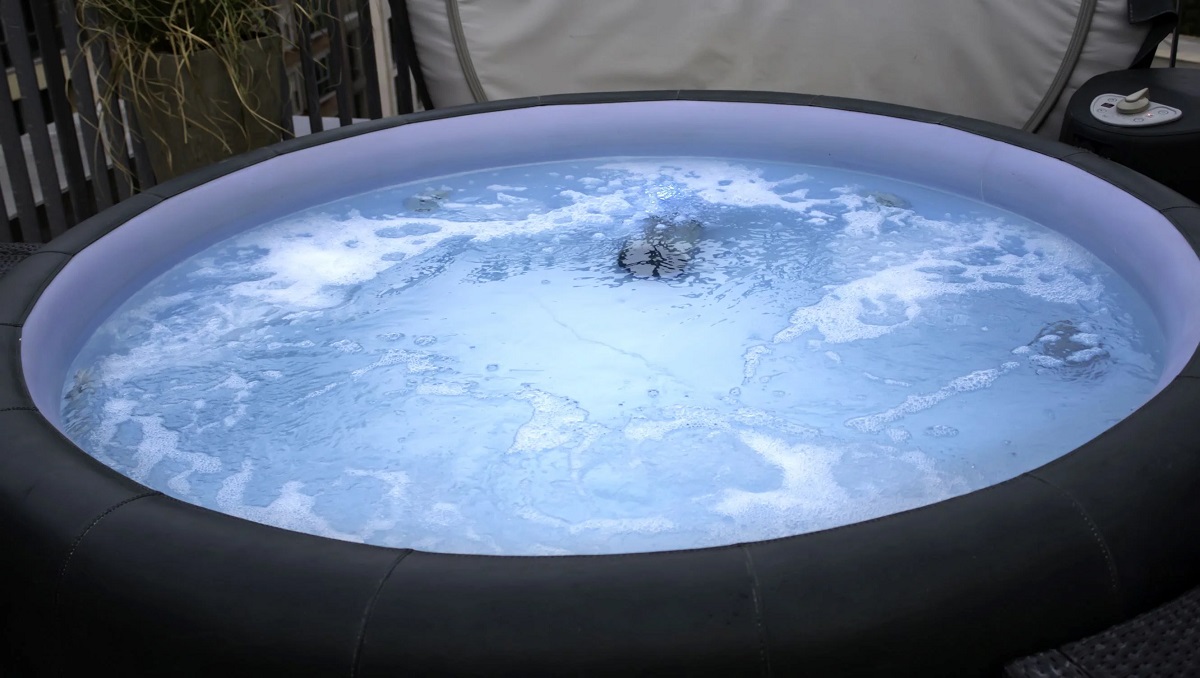
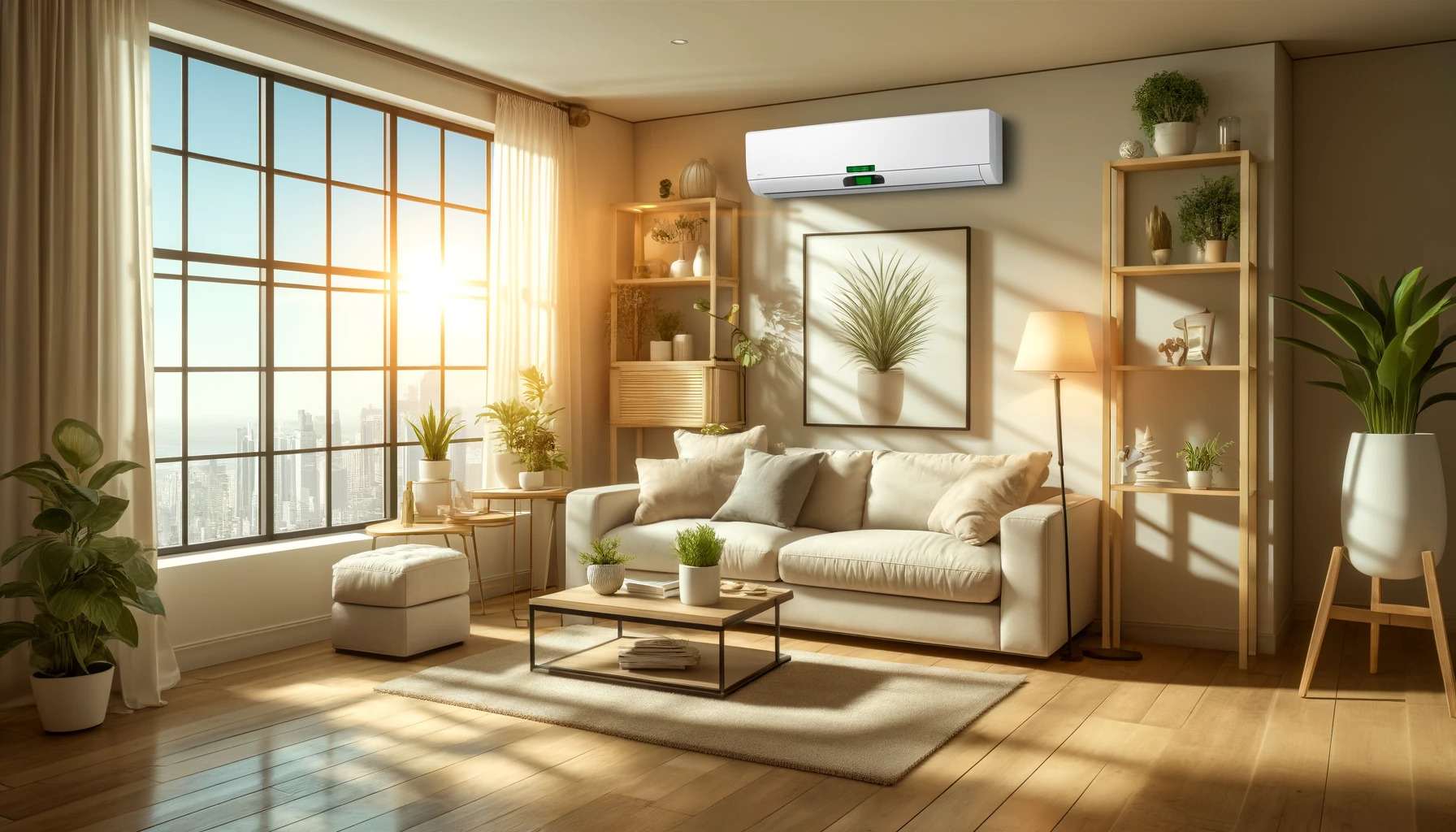
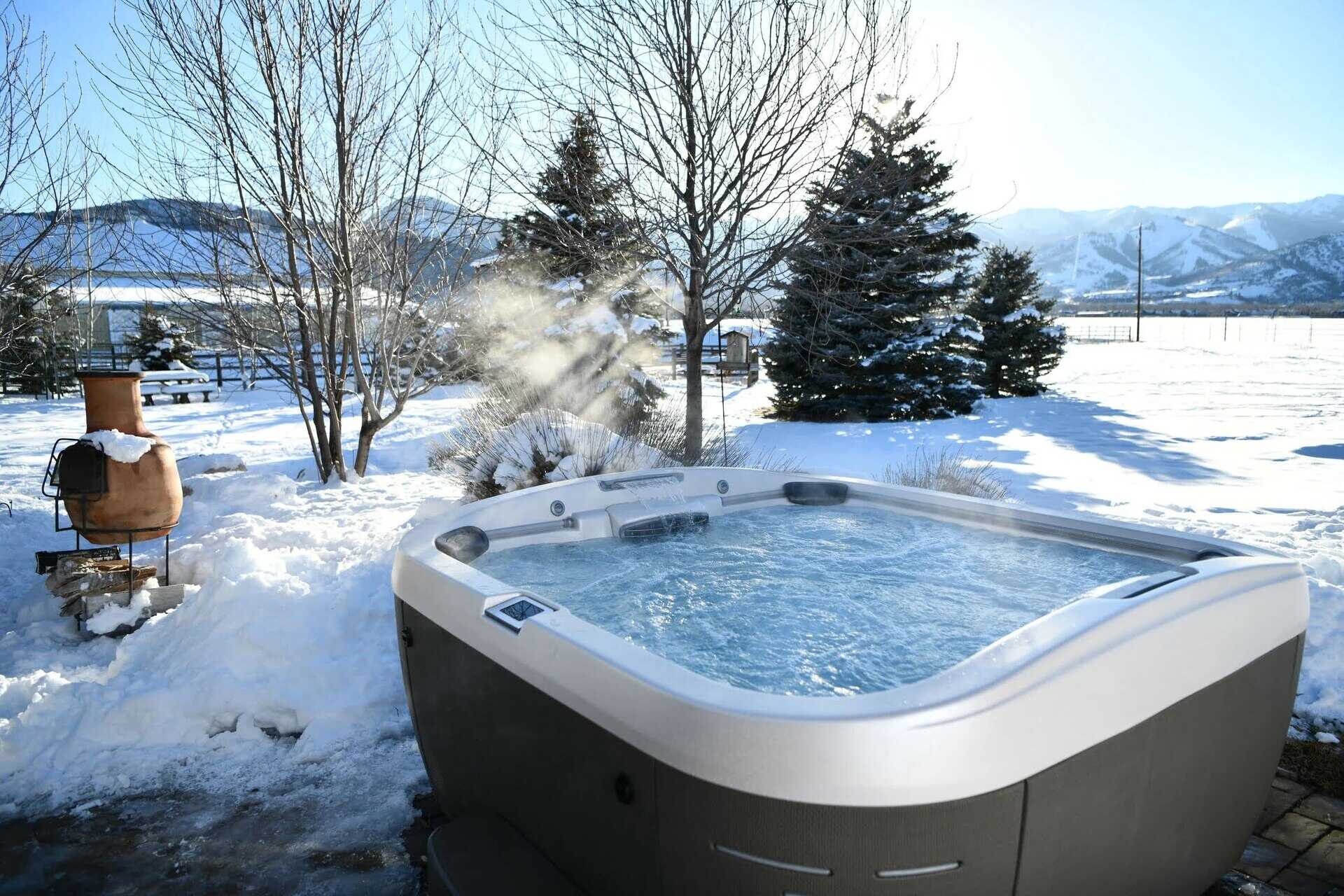
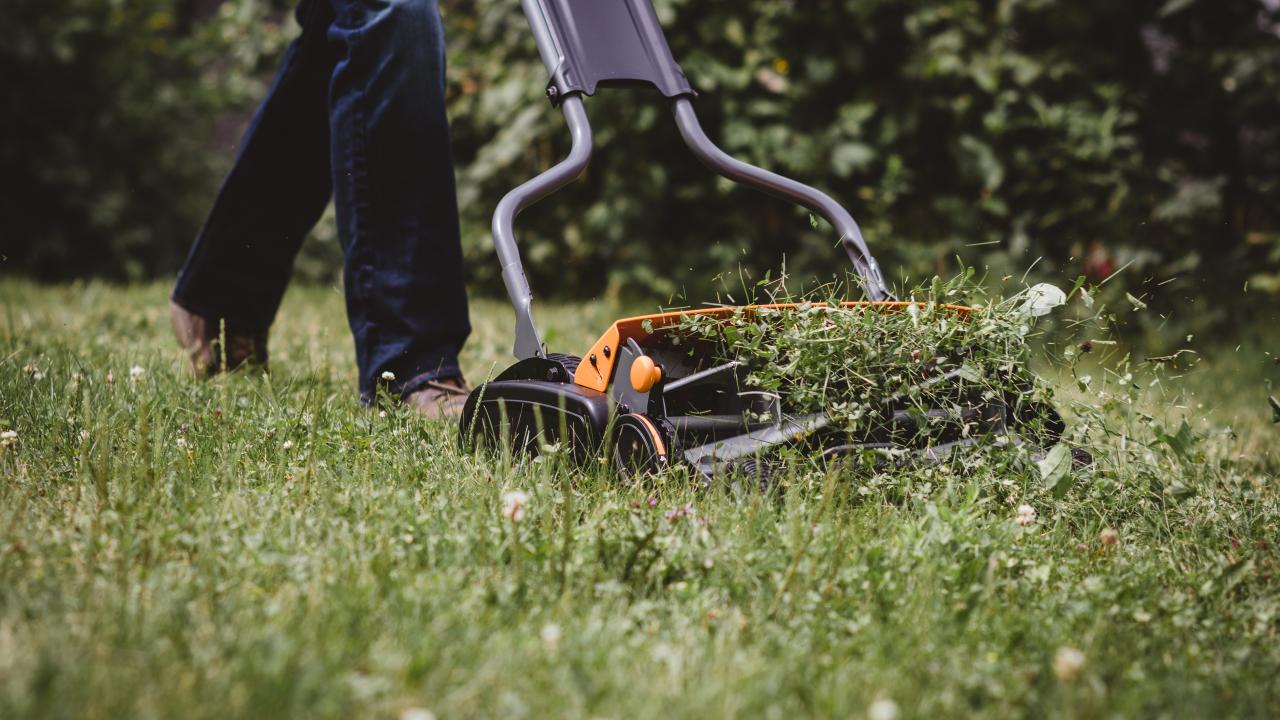
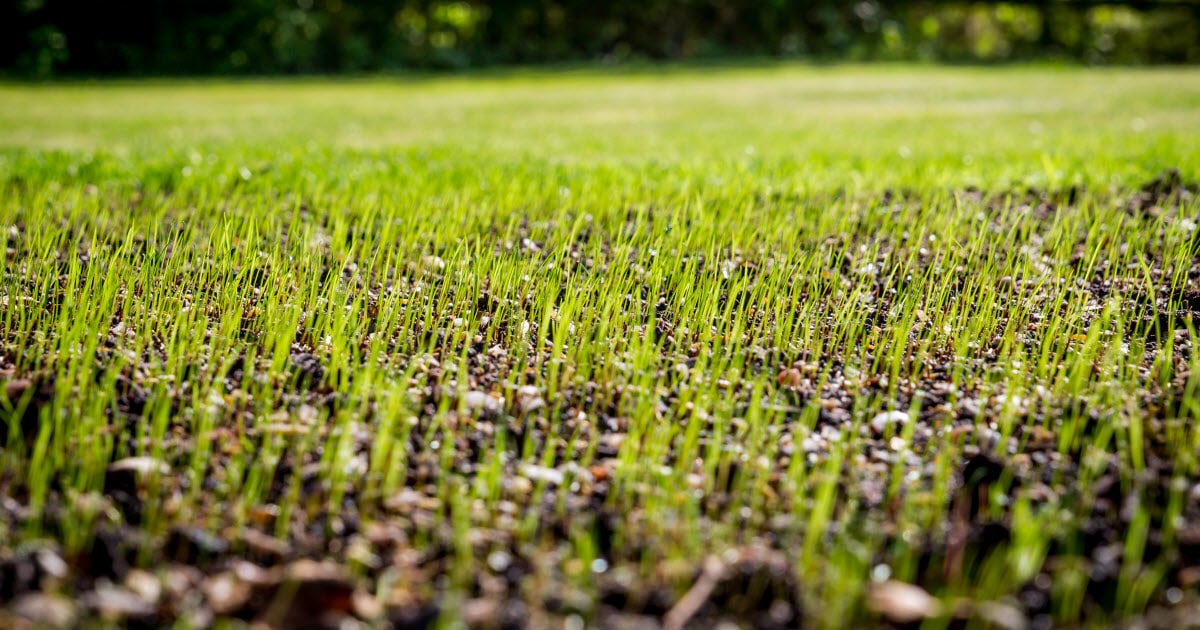
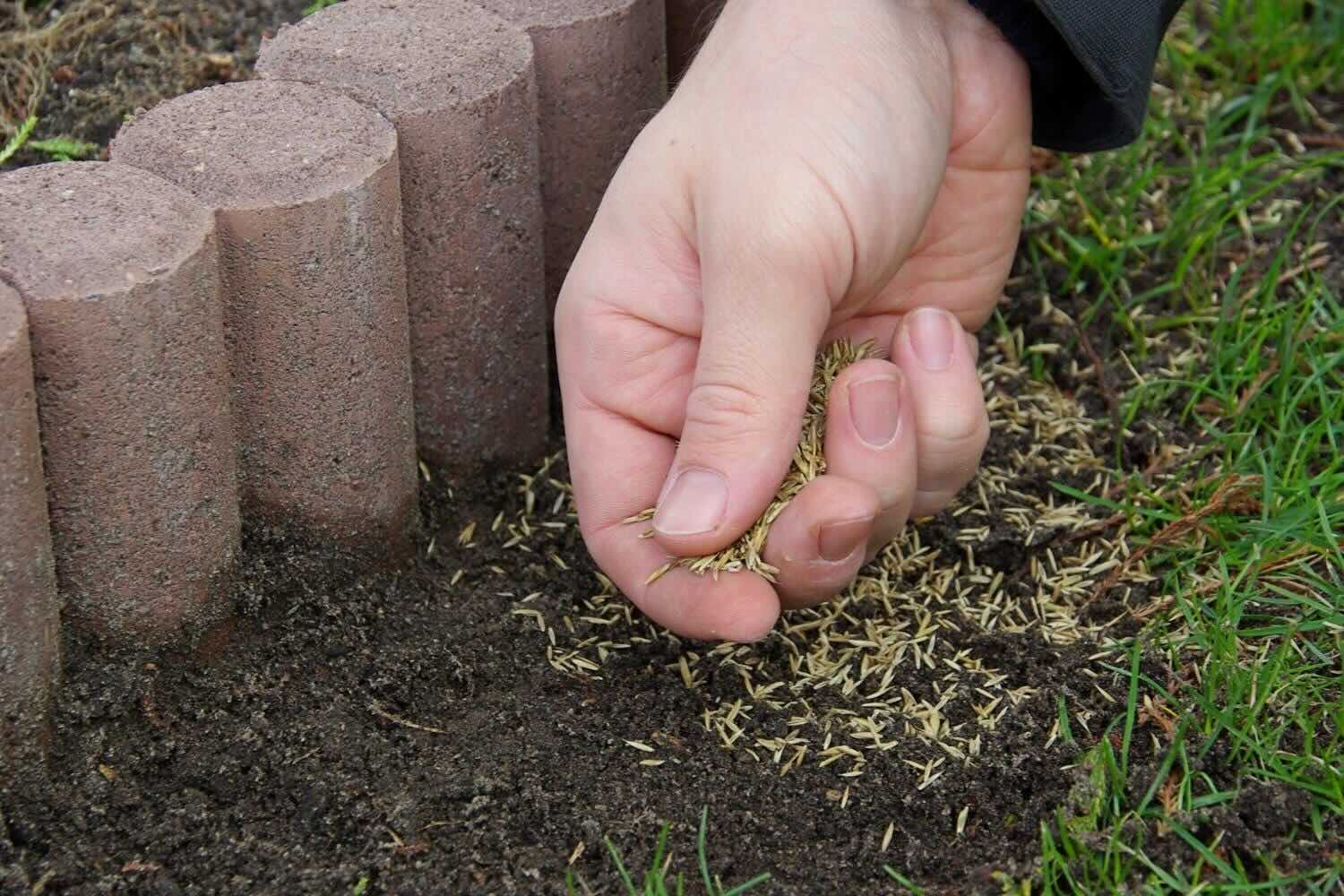
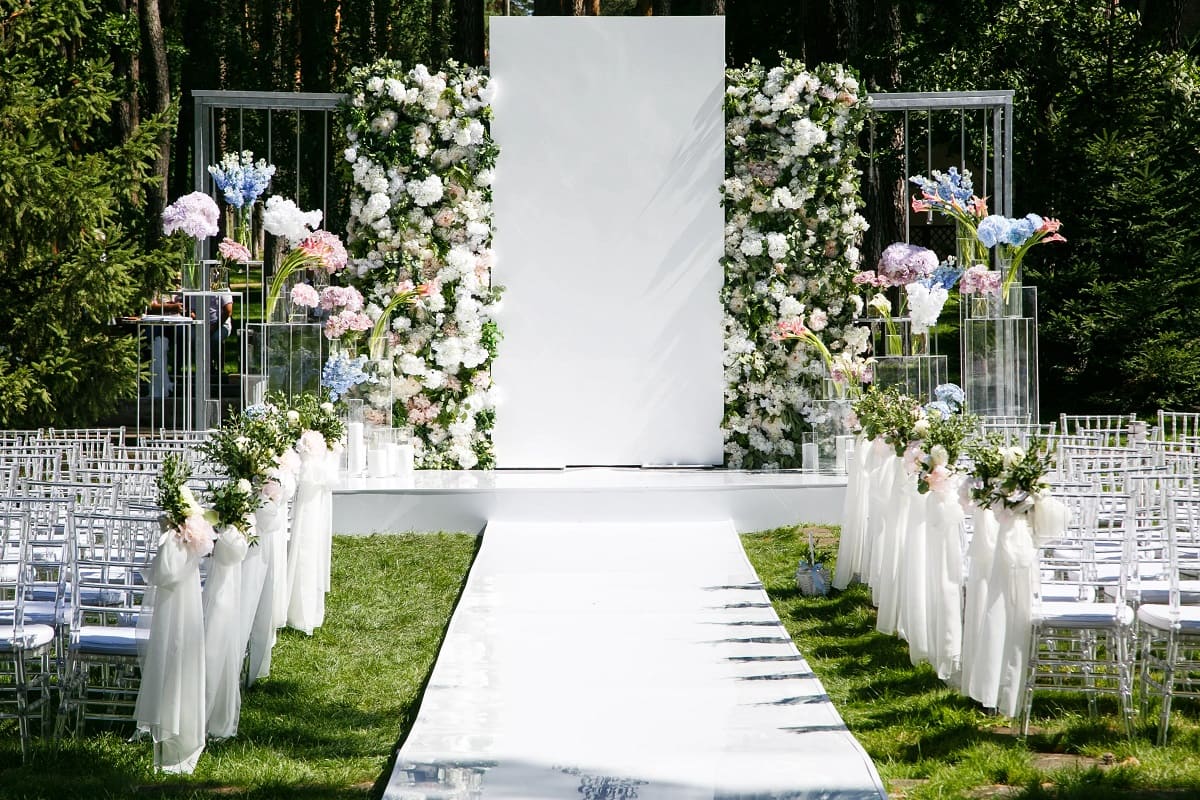
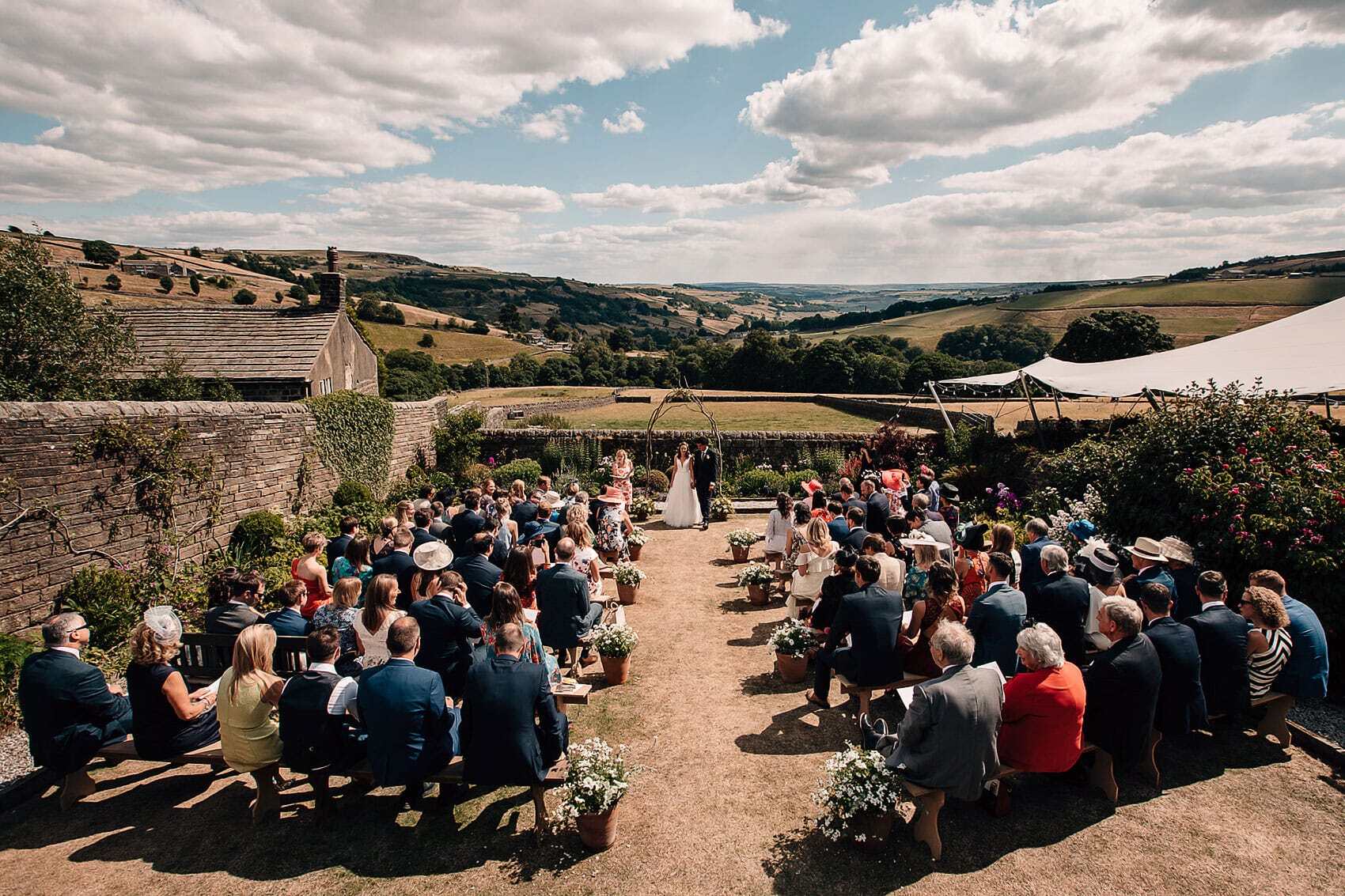
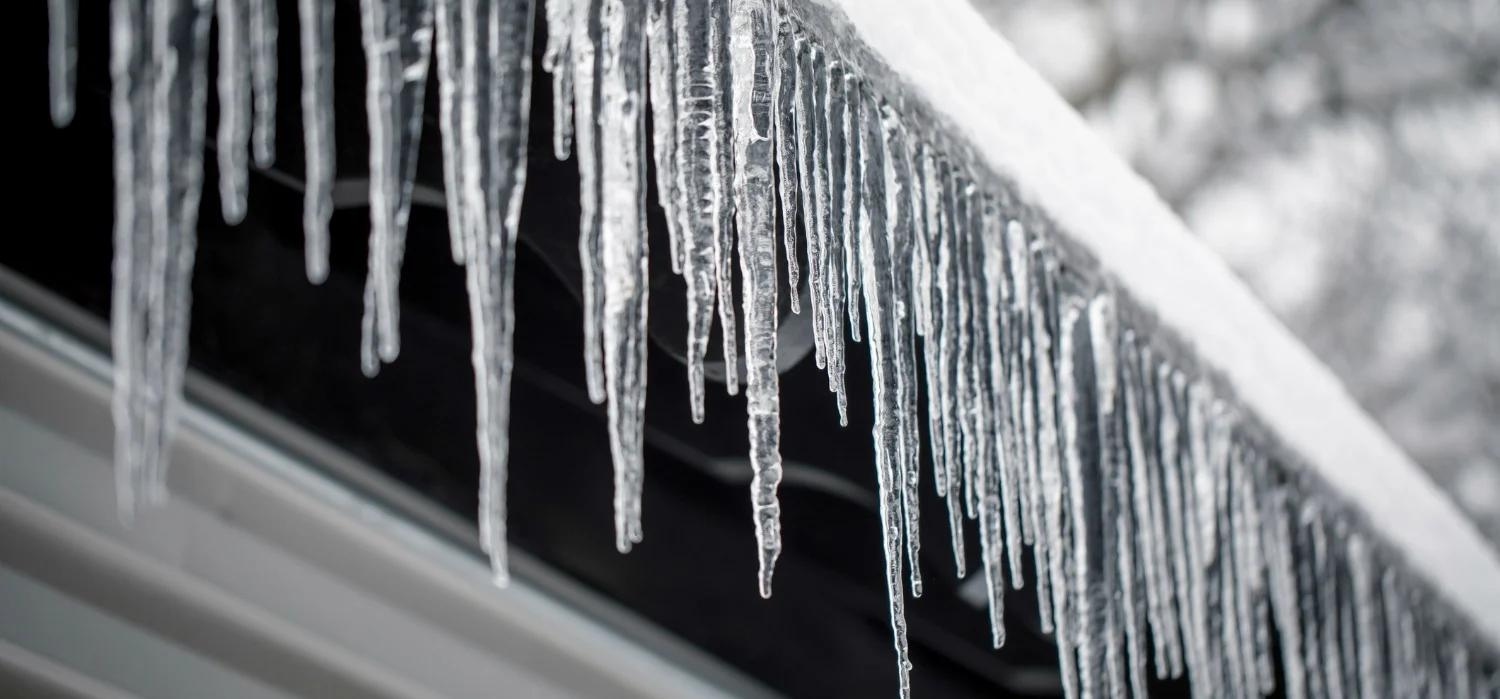
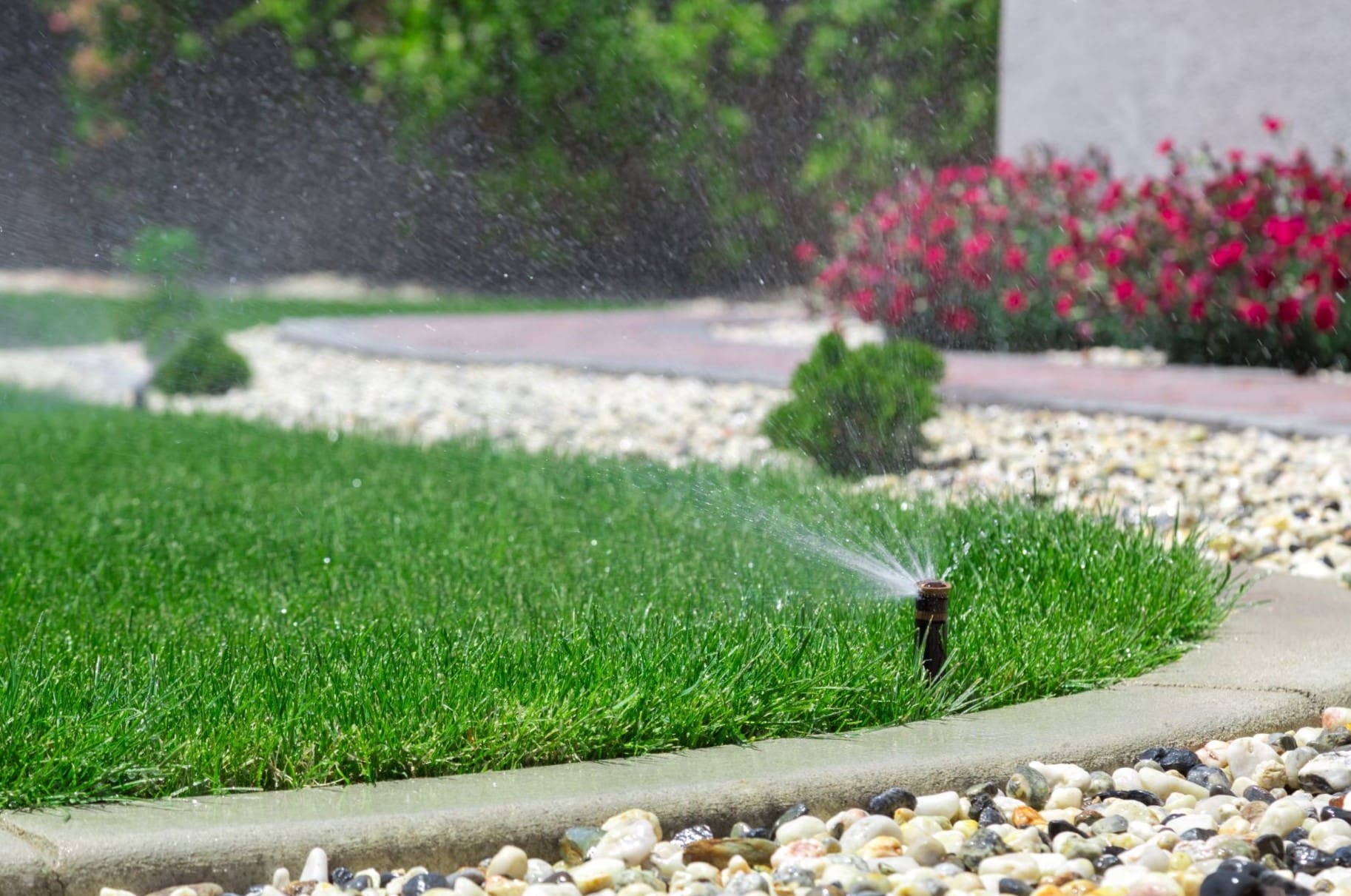
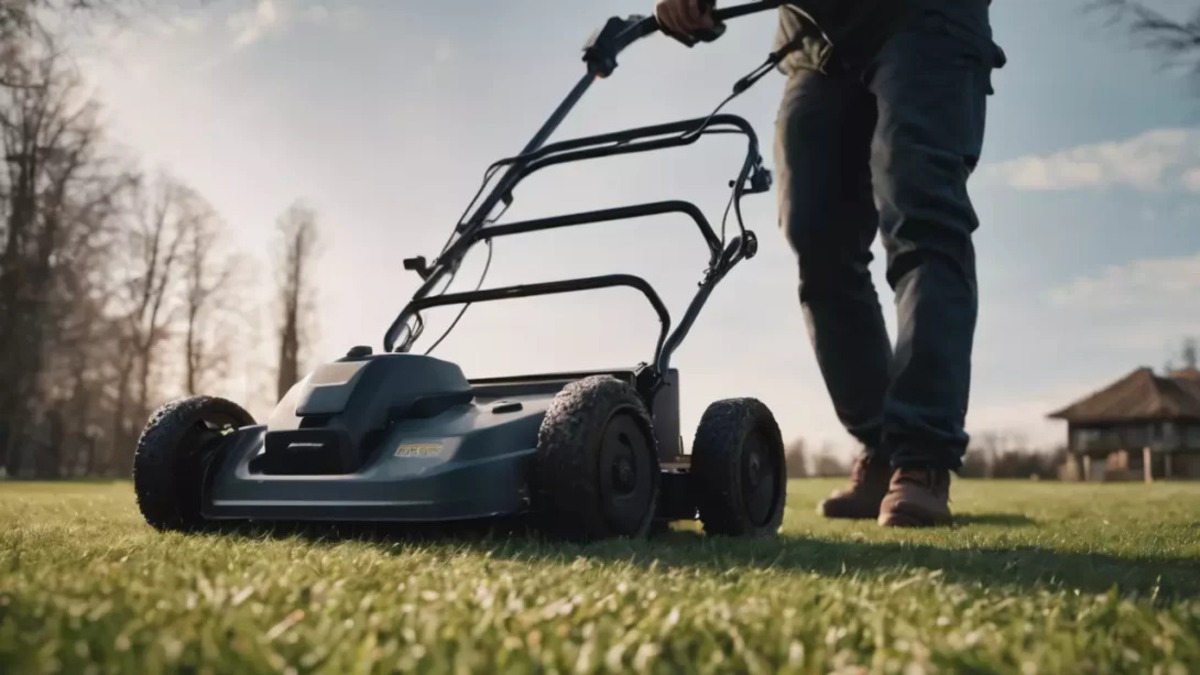
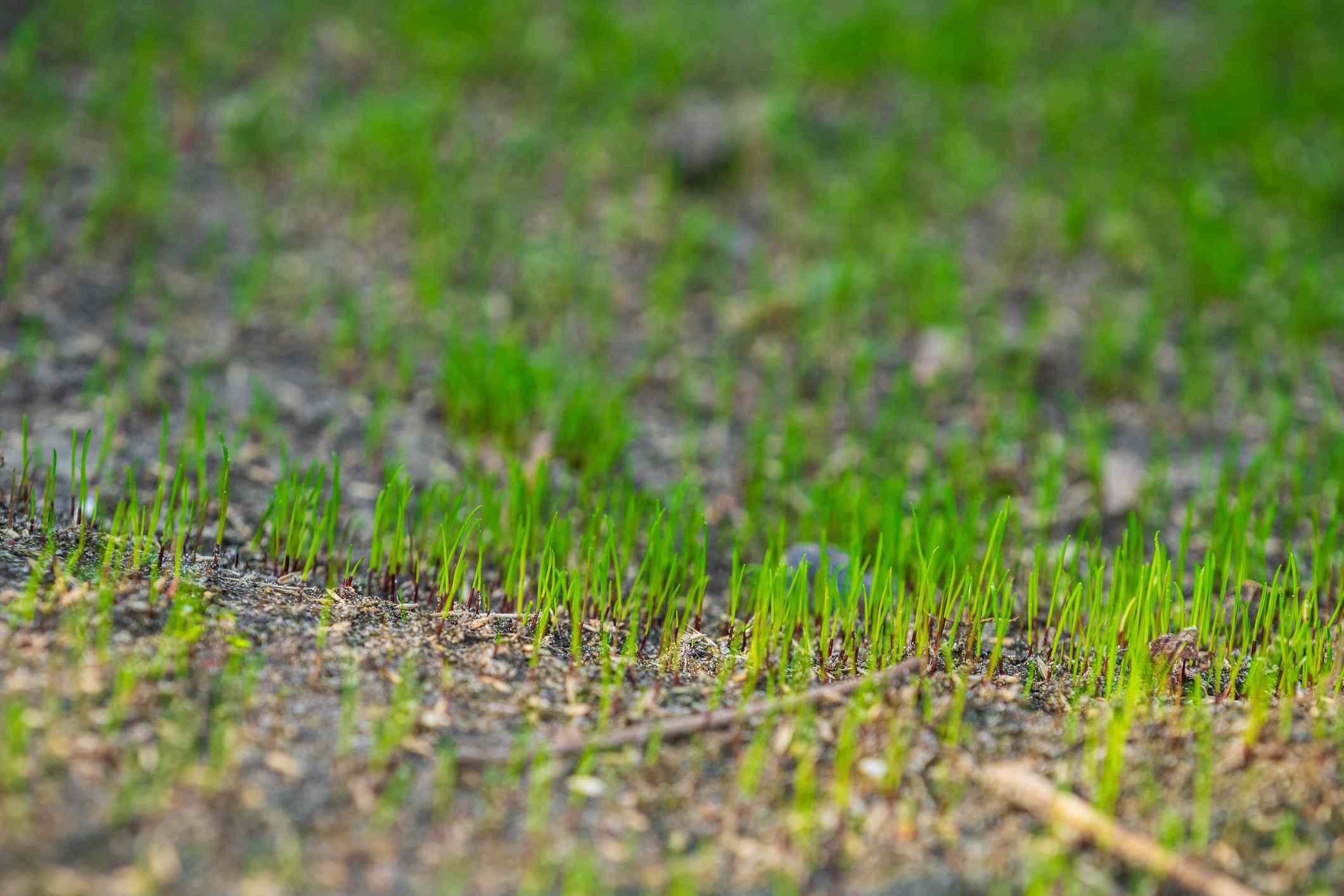
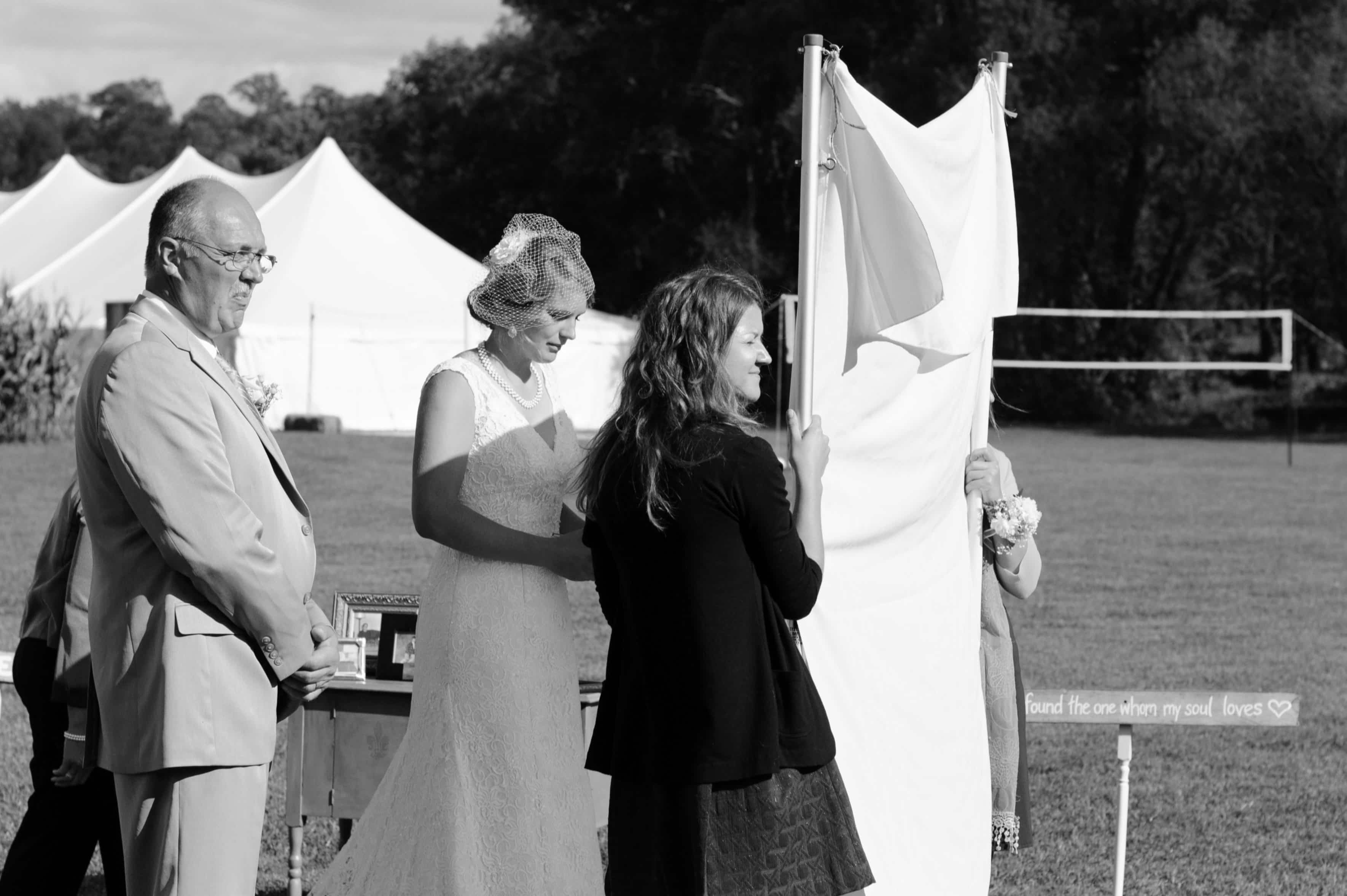
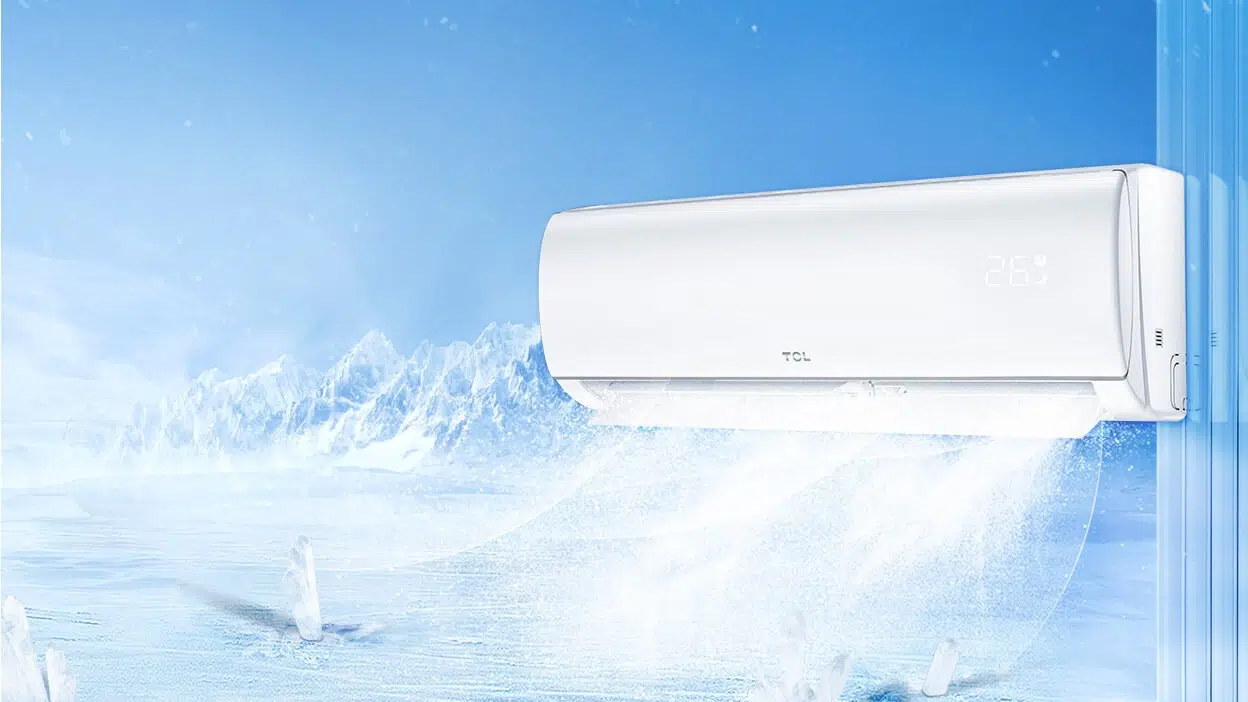

0 thoughts on “How Cold Is Too Cold For Outdoor Wedding”